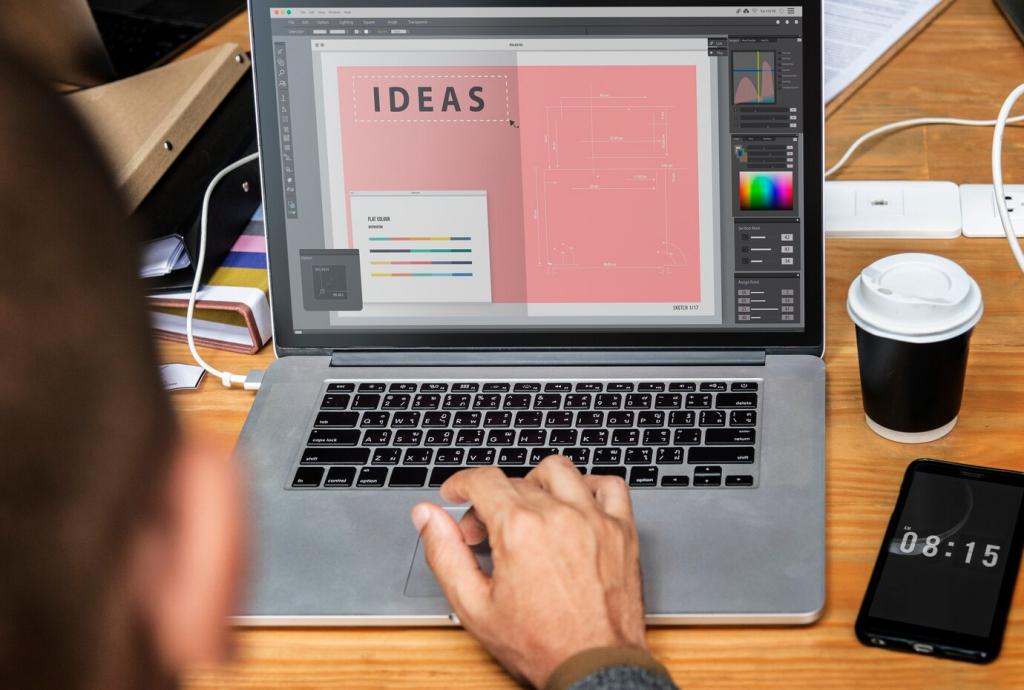Shaping Your Origin Story with Purpose
Highlight two or three pivotal experiences that shaped your design philosophy. Maybe a failed project taught you to prototype earlier, or a volunteer gig unlocked accessibility thinking. Use moments that connect to how you work today.
Shaping Your Origin Story with Purpose
For every story beat, show what changed in your practice. “After testing with non-native speakers, I simplified microcopy and increased completion rates.” Cause and effect transforms anecdotes into evidence, helping clients trust your judgment.





